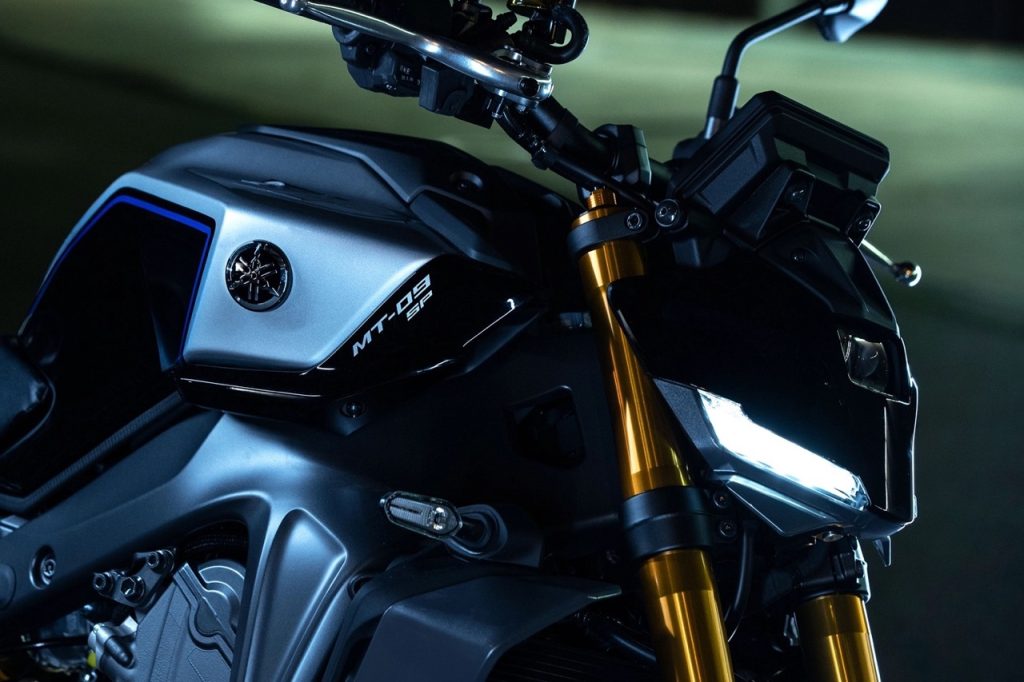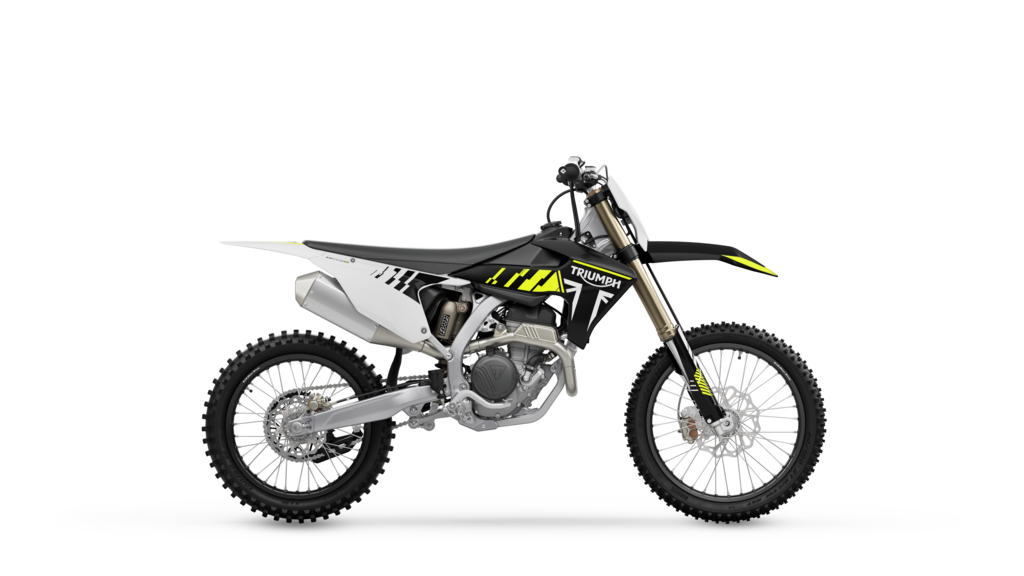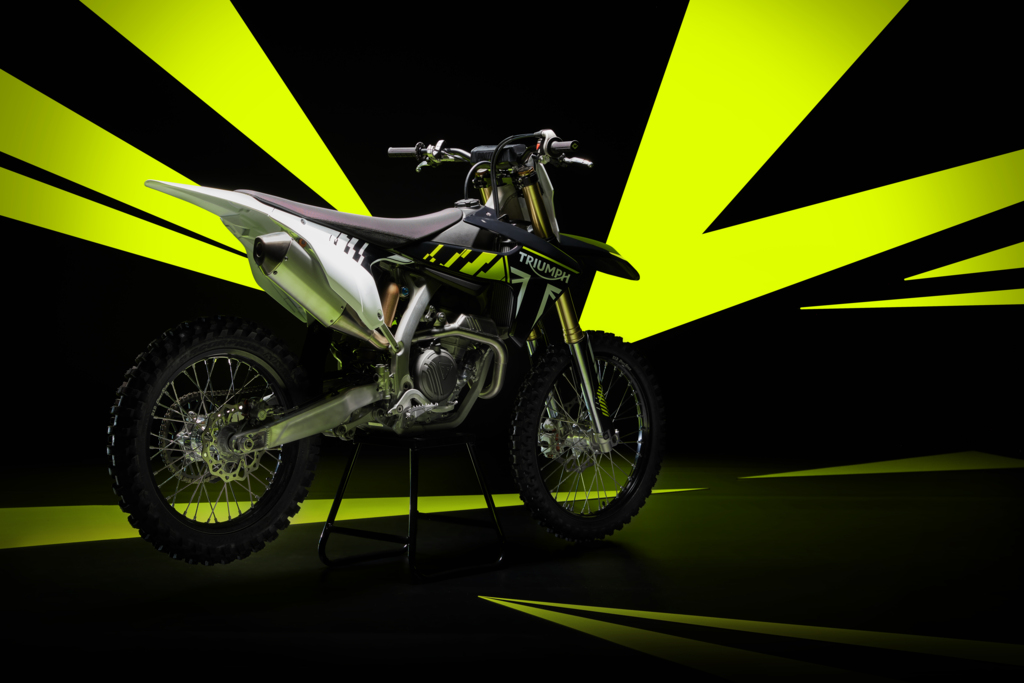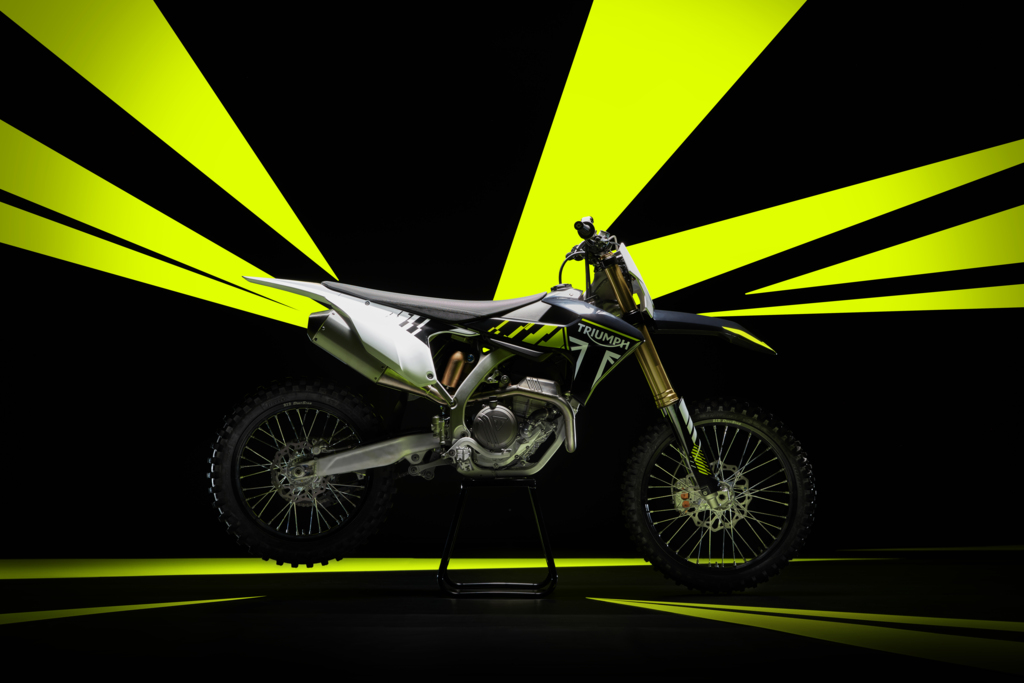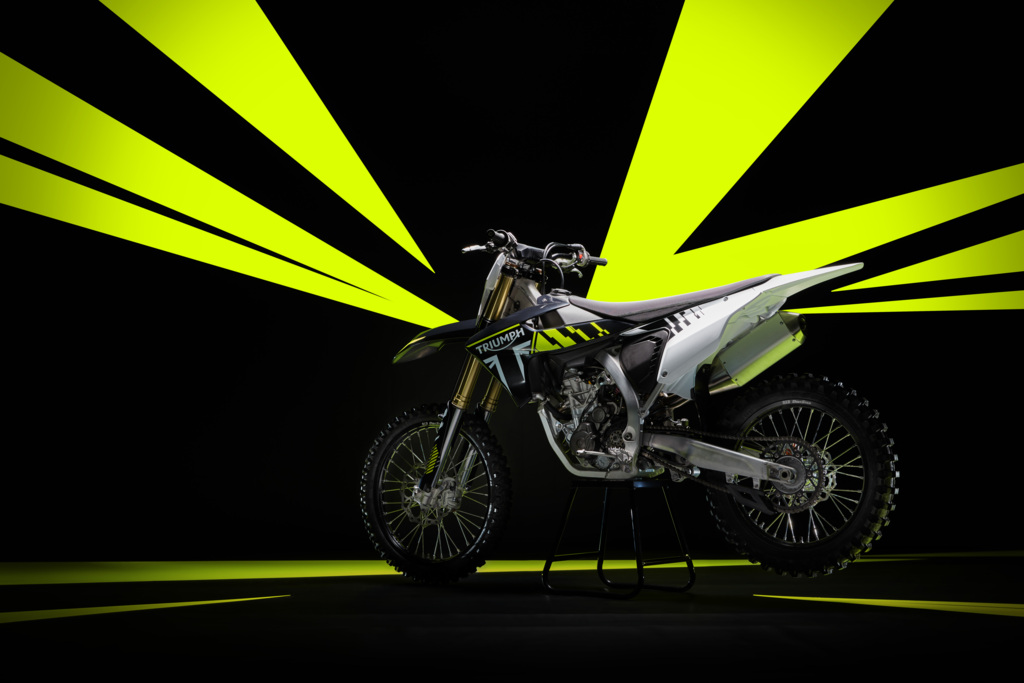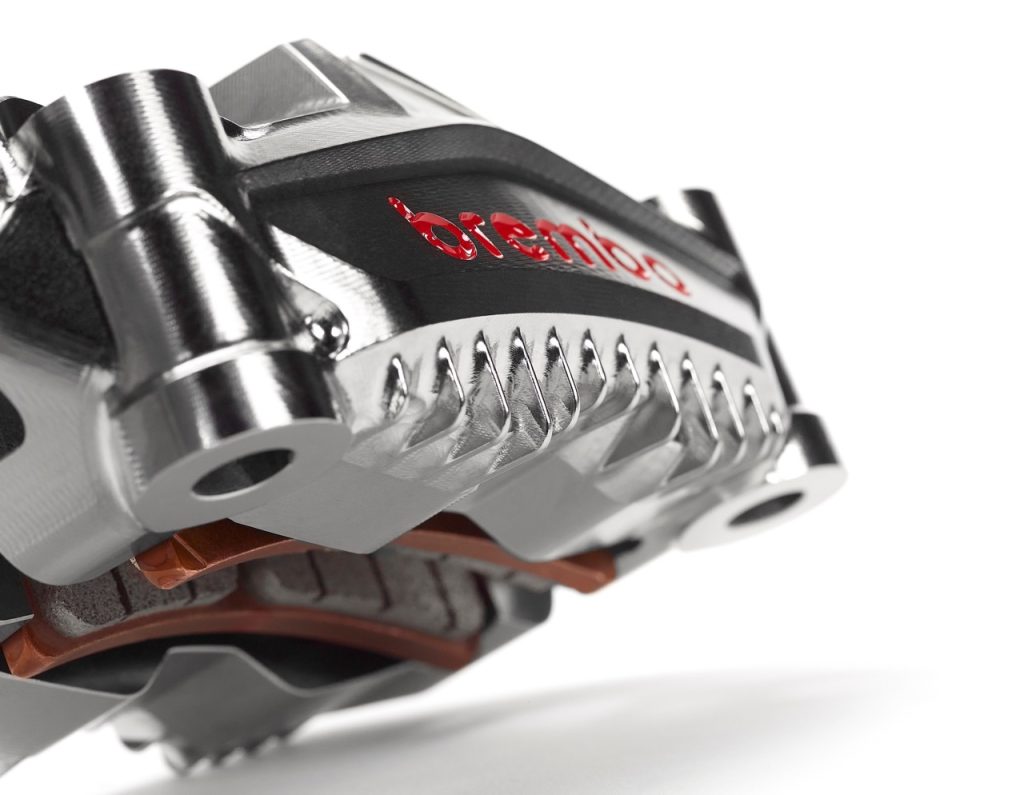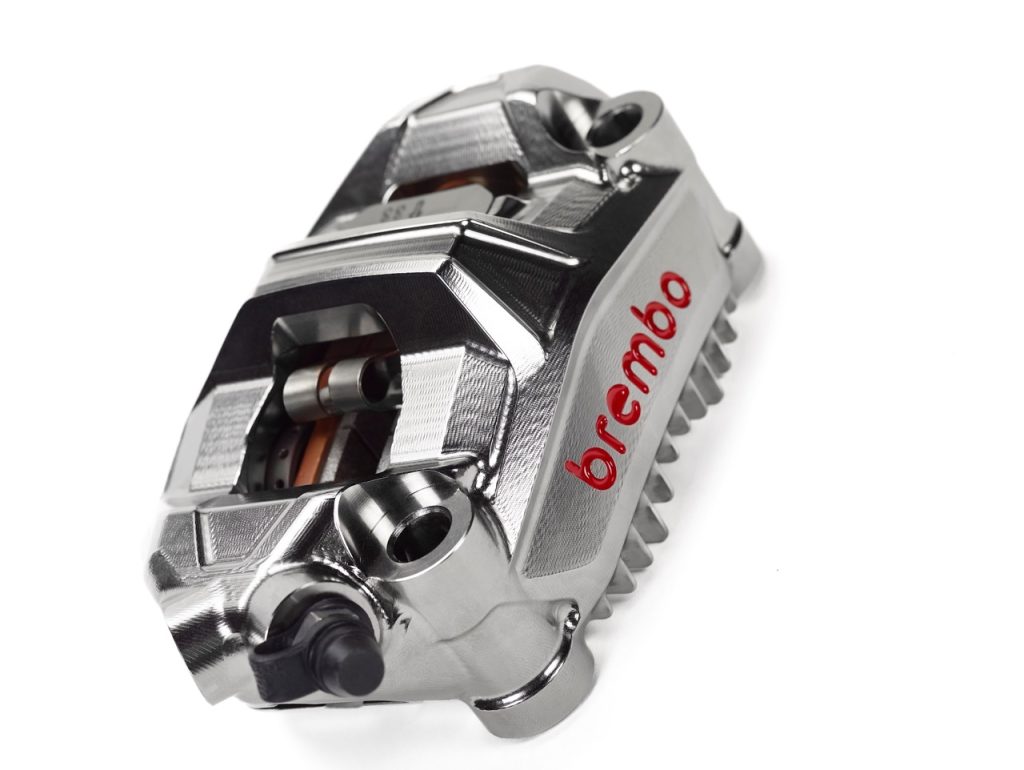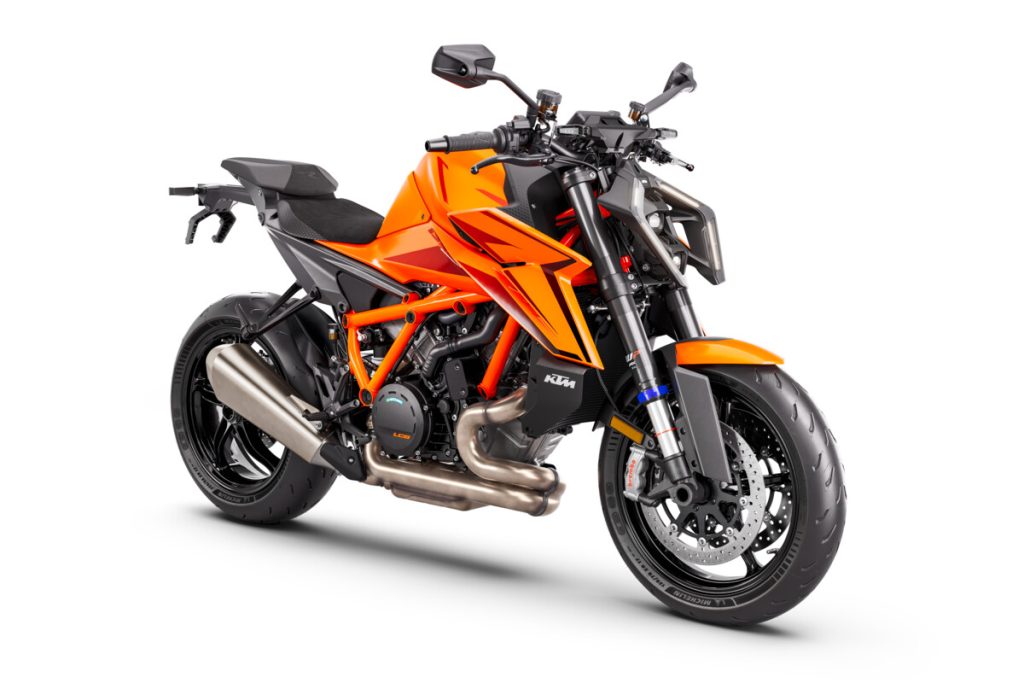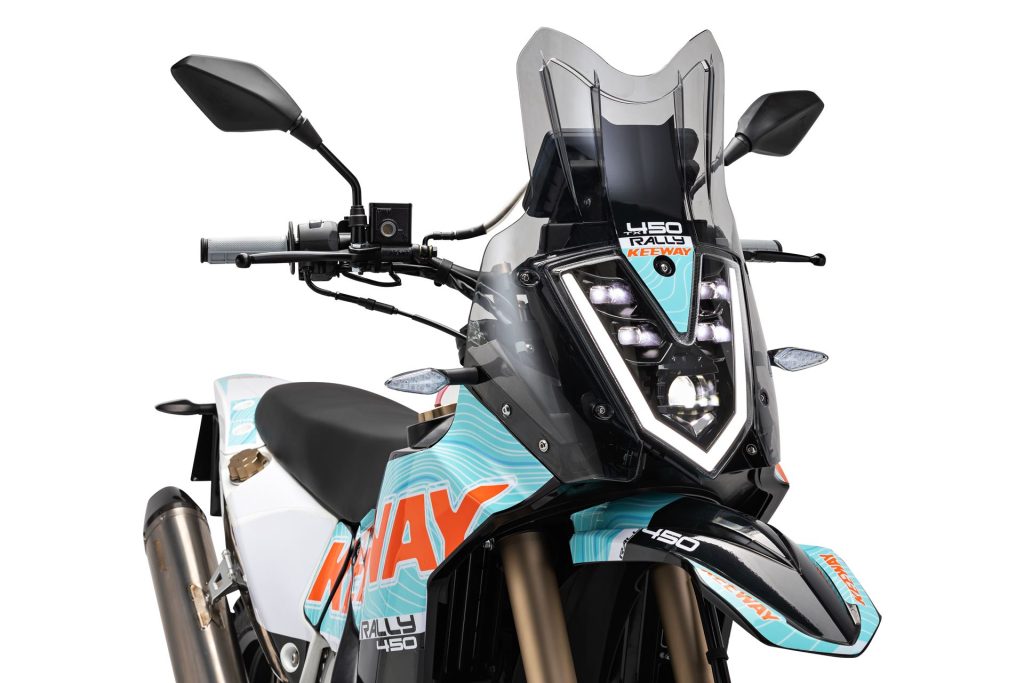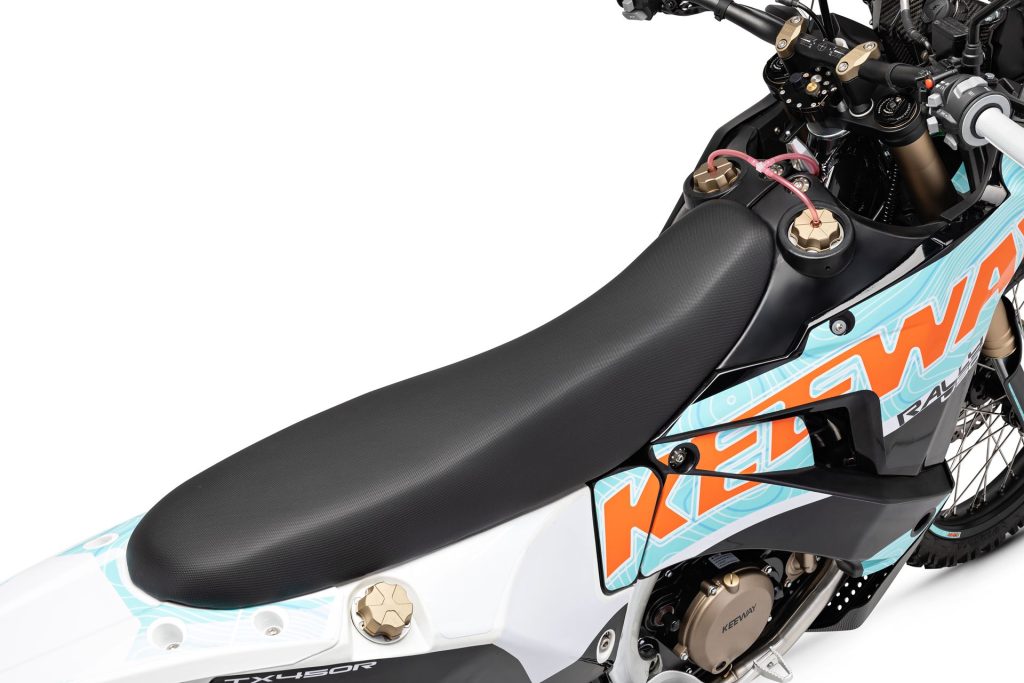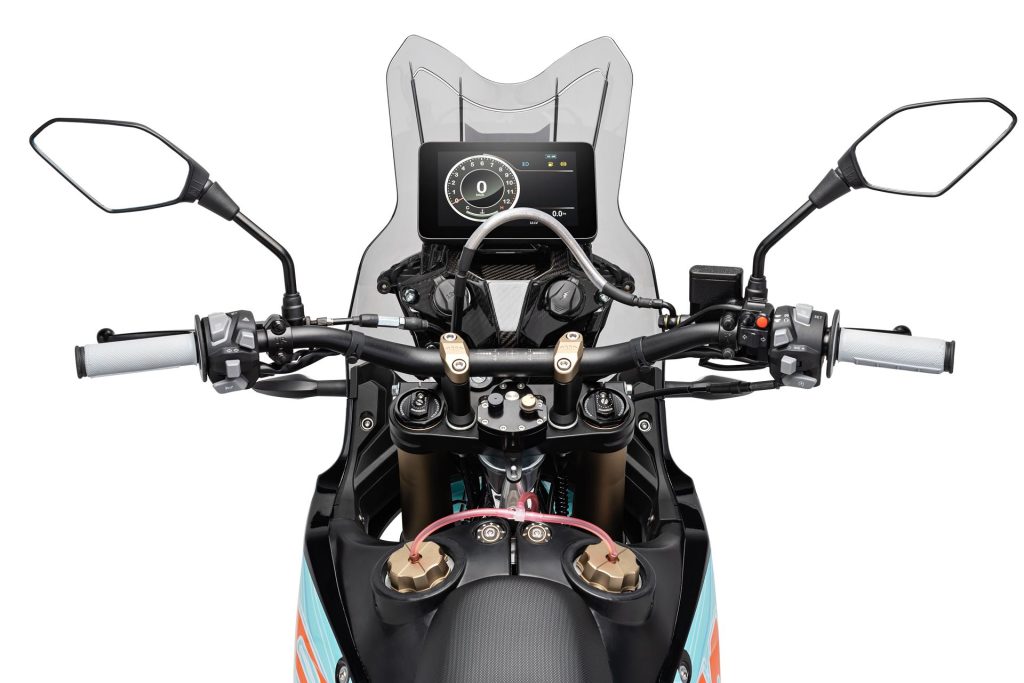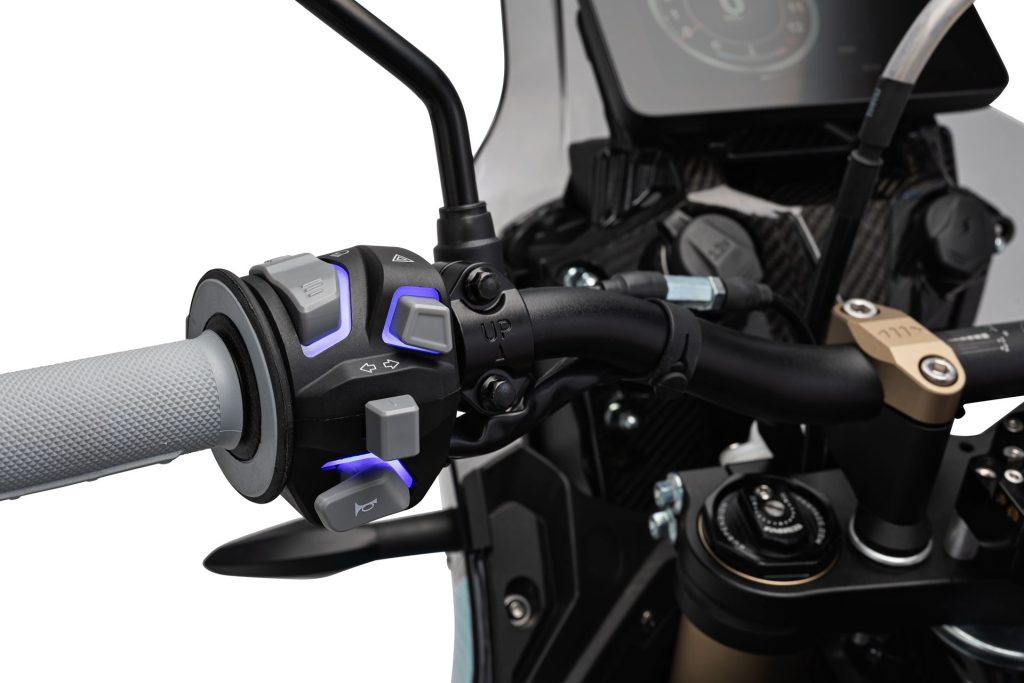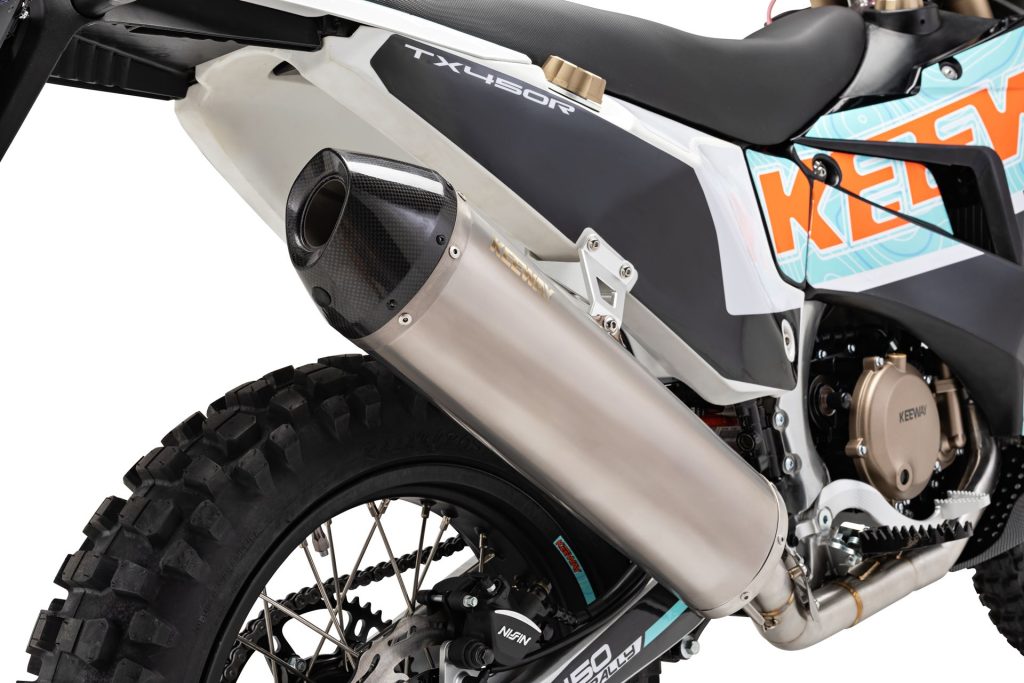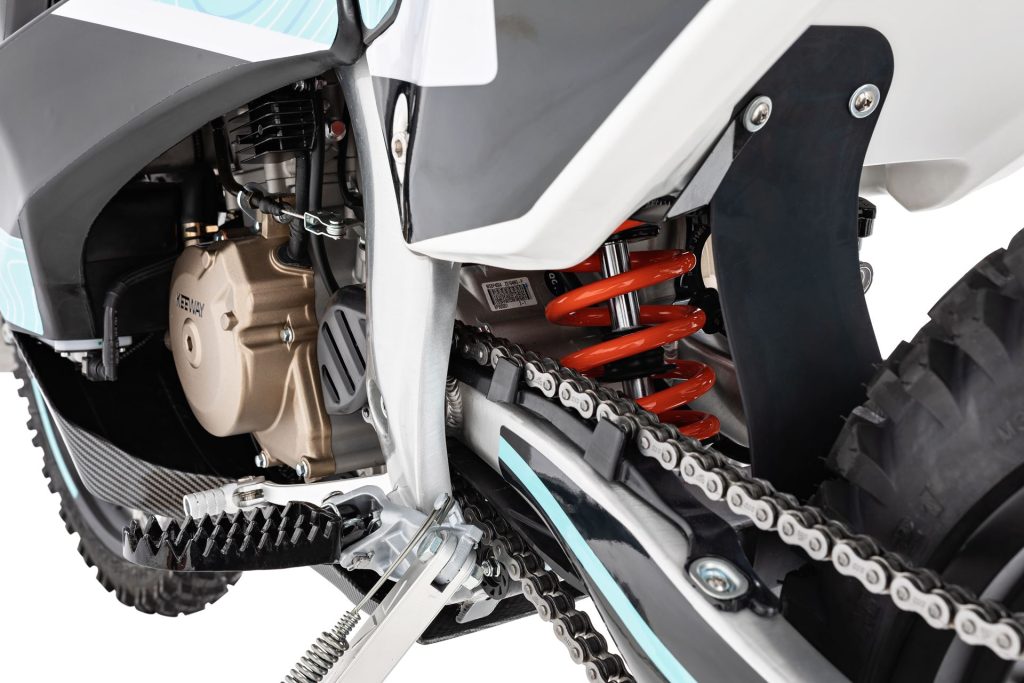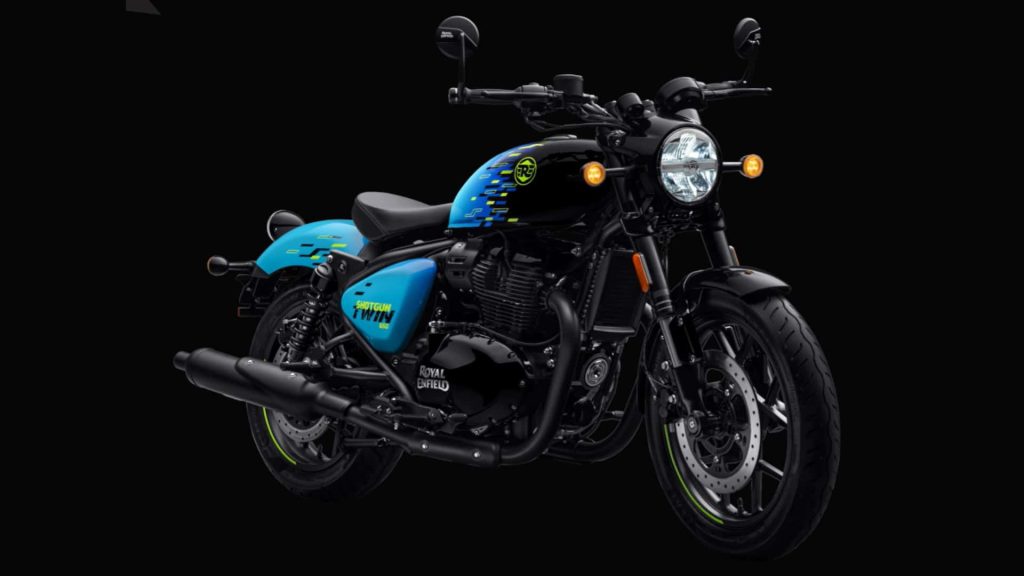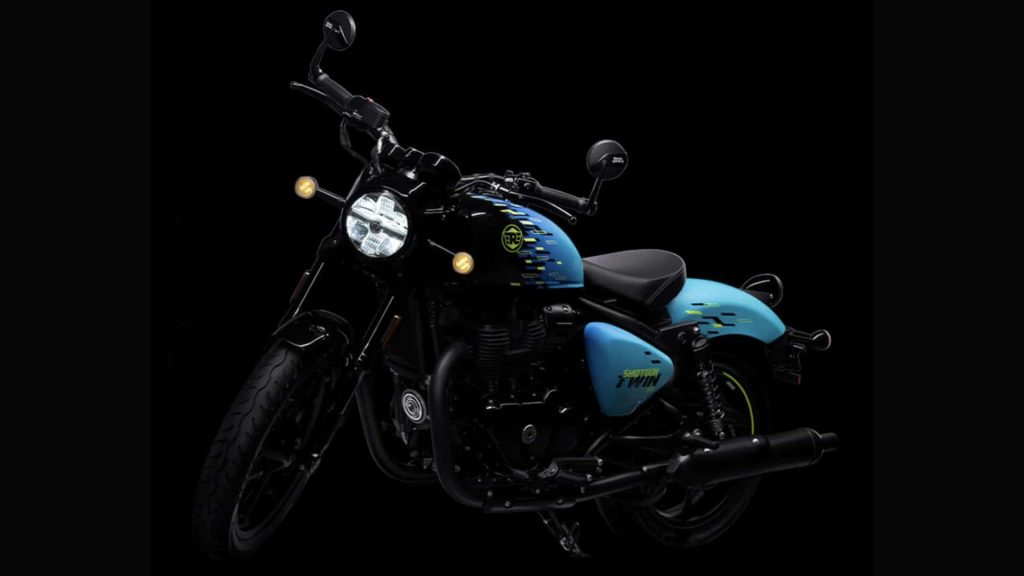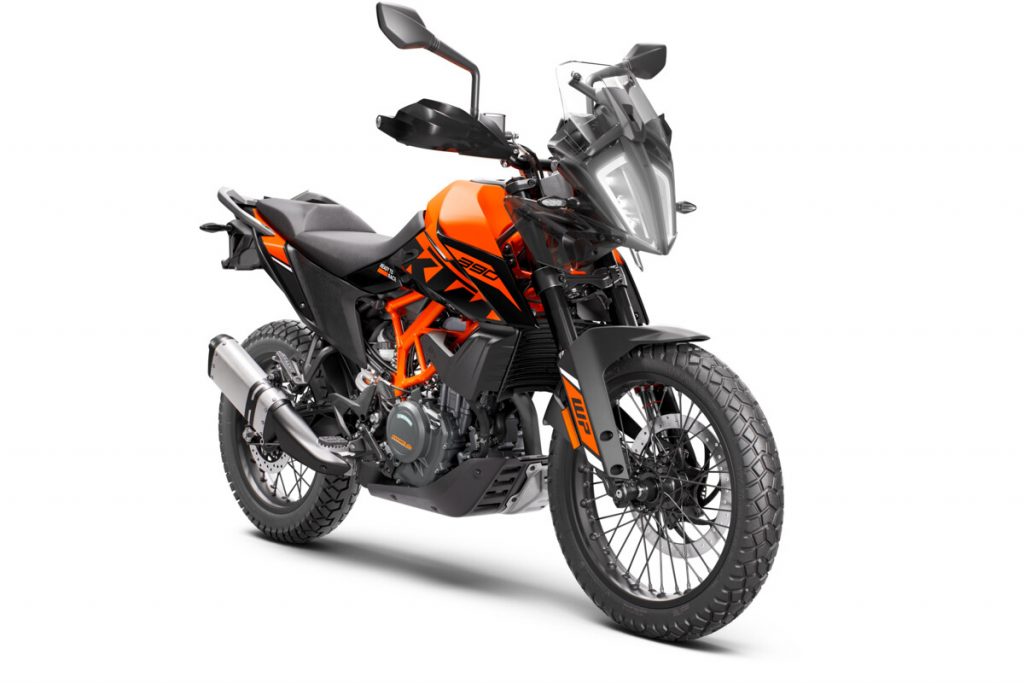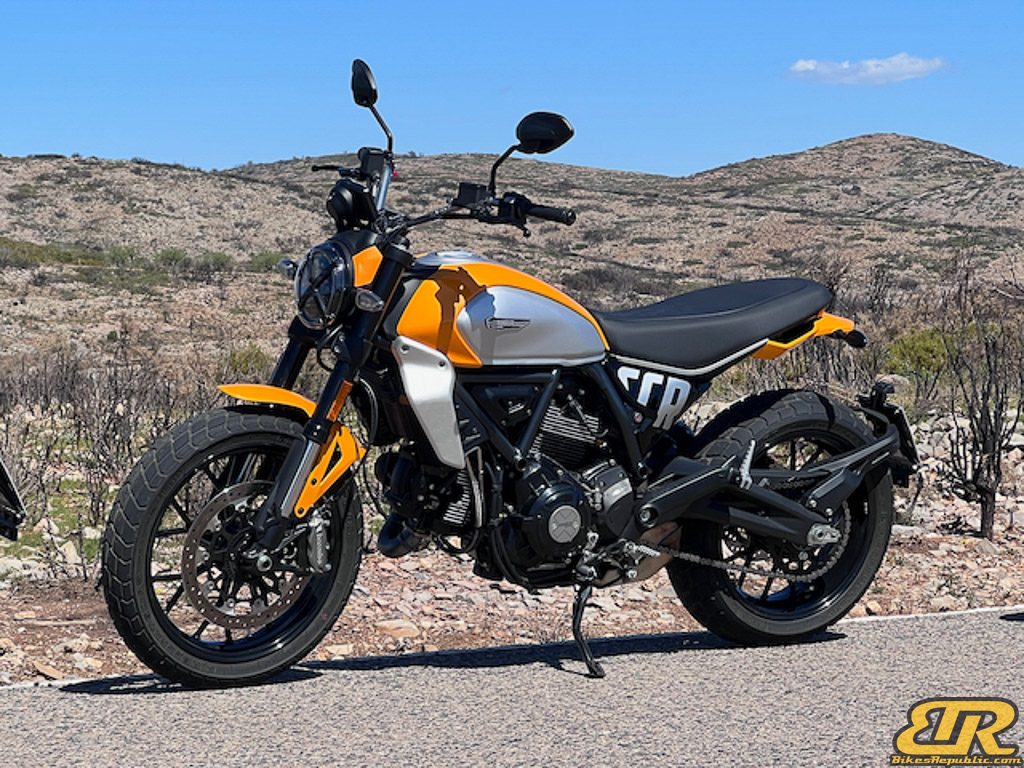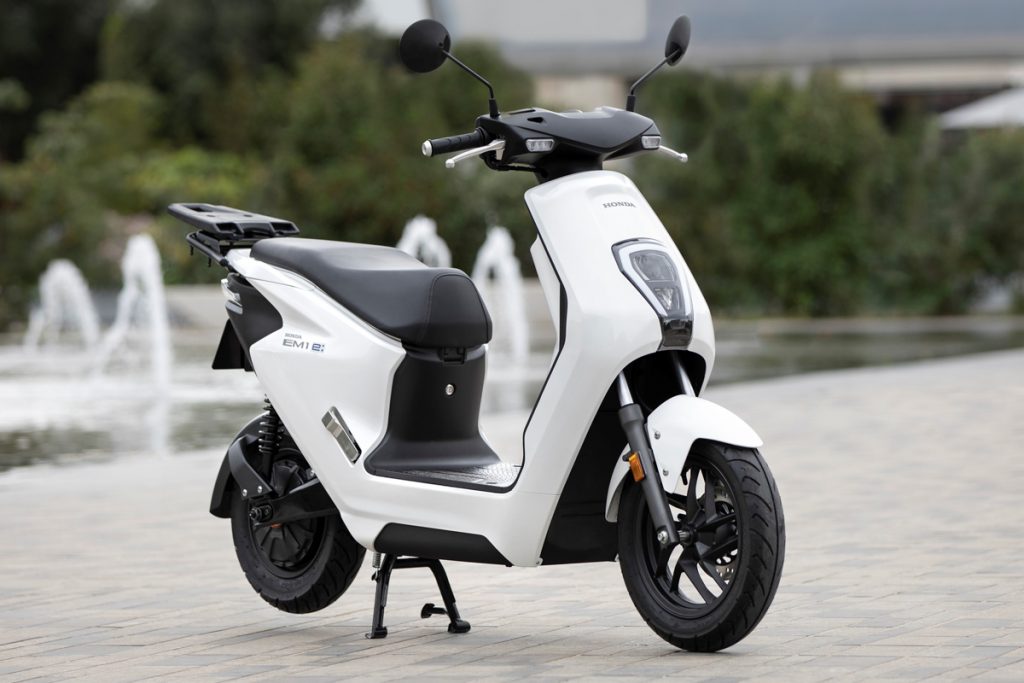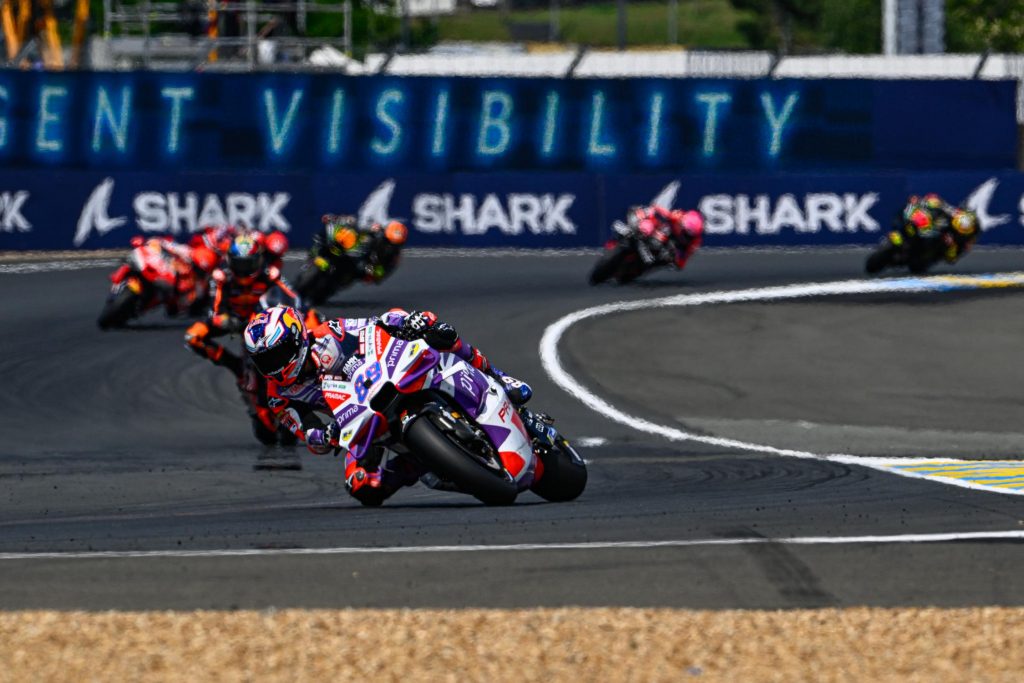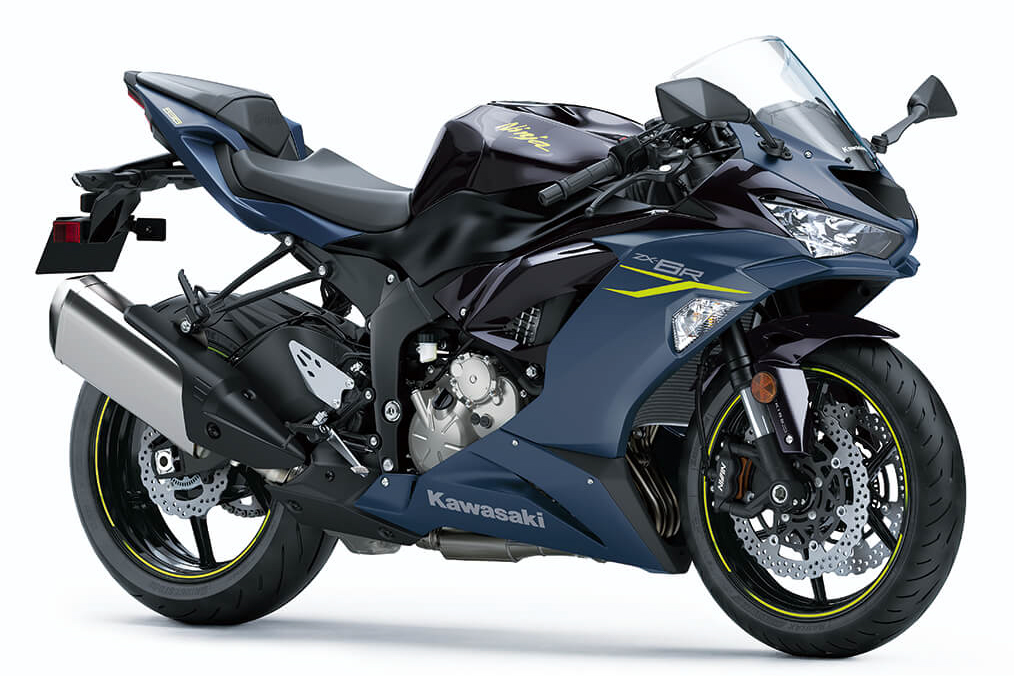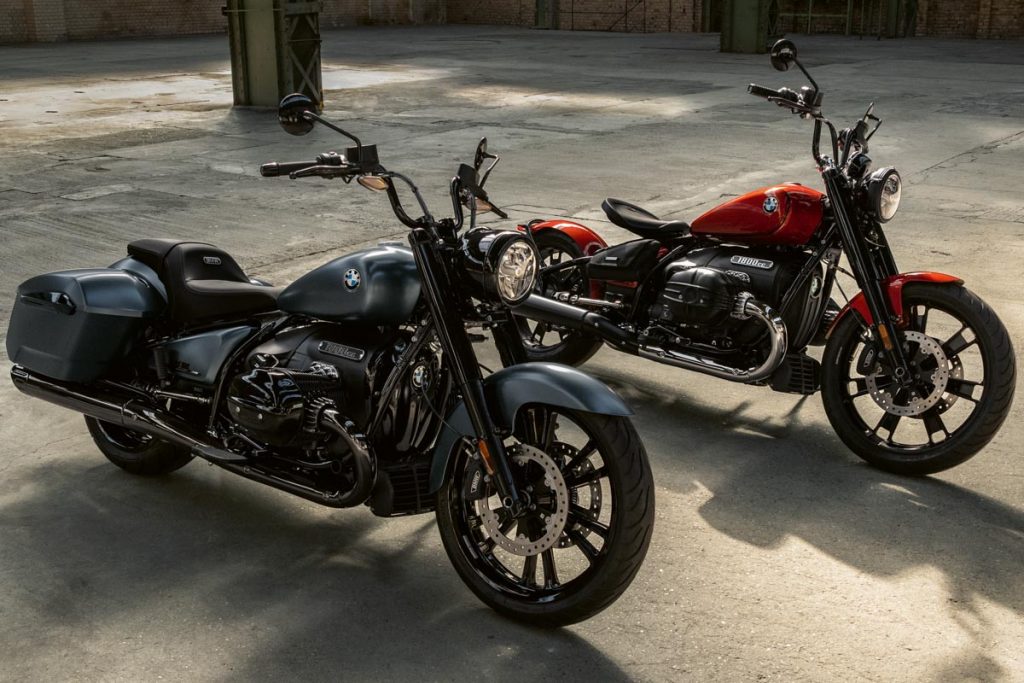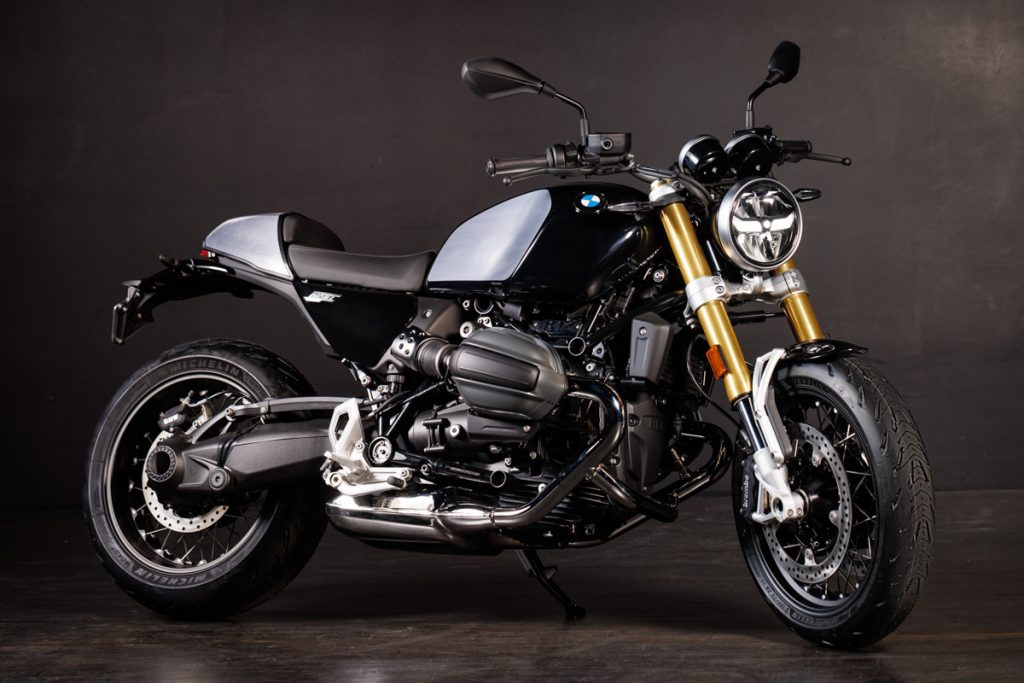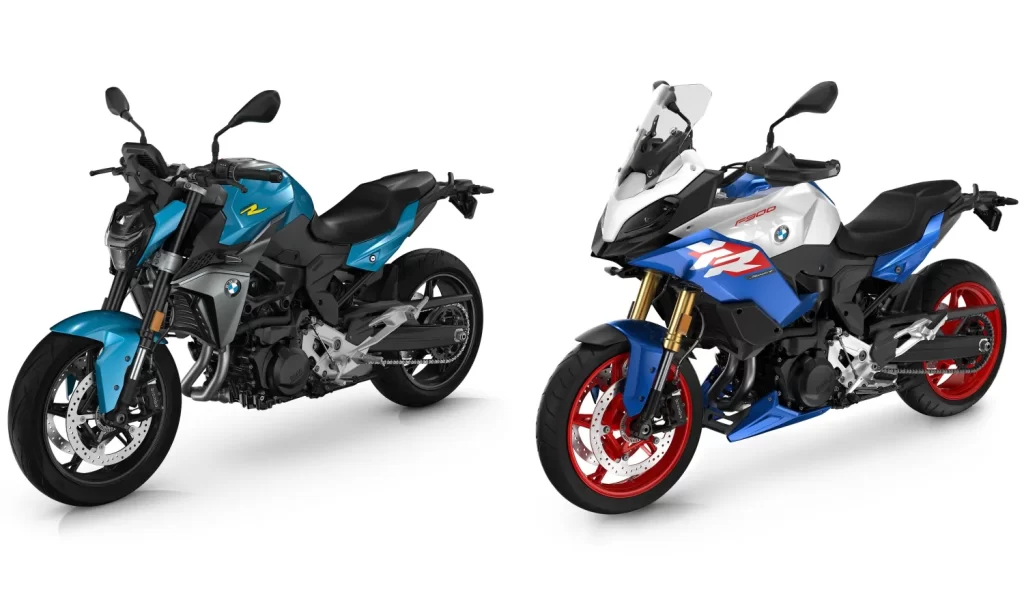Laser headlights are nothing new and have been in the automotive market for a while already. However, they have been largely absent from the motorcycle world until 2016 when BMW introduced it for the K1600GT. But for the regular rider, laser headlights have been out of reach.
One of the benefits of laser headlights is the remarkable distance they are able to illuminate, with the potential to reach up to 600 meters.
However, their adoption has been hindered by significant production costs and the added weight, particularly in less central areas of the motorcycle. Consequently, leading manufacturers have predominantly favored the more cost-effective, lighter, and sufficiently efficient LED light technology.
Recently however, Yamaha has taken a bold step by registering patents that could revolutionize laser headlamp technology.
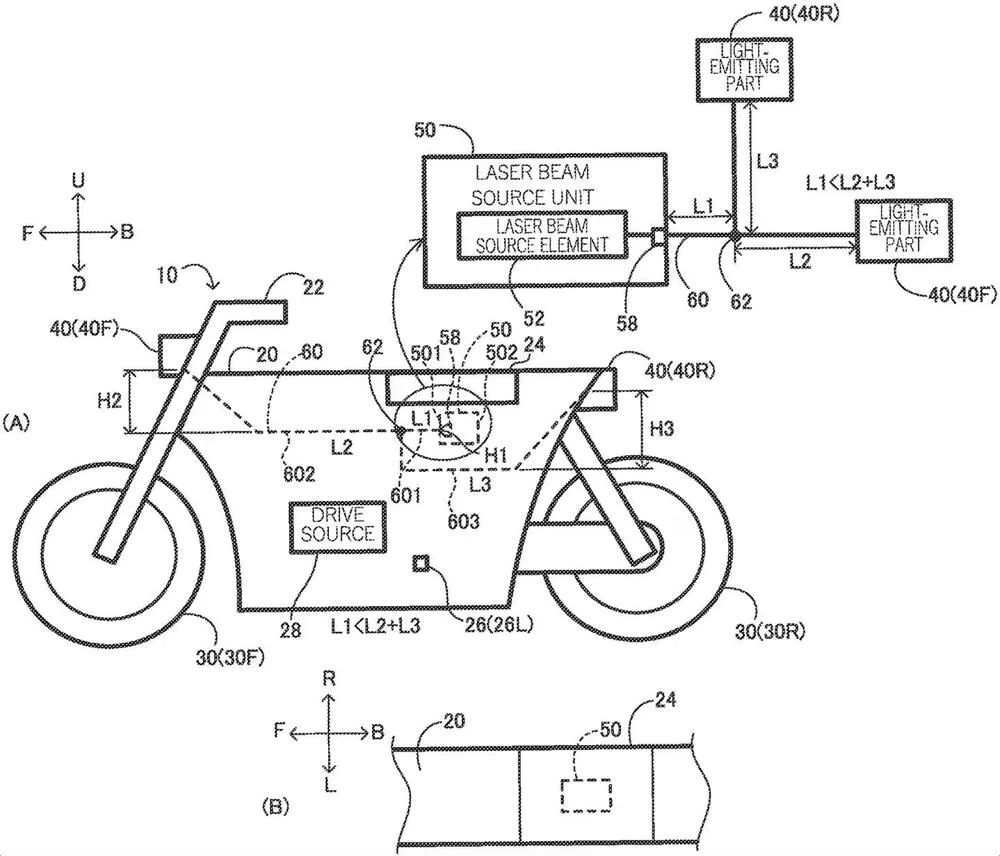
Recognizing the challenges associated with the weight and cost of individual laser bulbs, Yamaha has proposed an innovative solution. The patented system involves installing a single laser in the central area of the motorcycle, close to its center of gravity.
Optical connections then distribute the illumination to various components such as front lights, rear lights, indicators, and the dashboard. This central light “generator” proves to be highly effective and efficient for all lighting needs, both for service and road visibility.
Looking ahead, it is anticipated that future lighting systems may adopt a hybrid approach, combining LEDs and lasers. This would leverage the short-range effectiveness of LEDs and the unparalleled depth of action provided by lasers.
Beyond enhancing system efficiency, this innovation holds the potential to reduce the overall weight of the motorcycle, particularly in areas away from the center of gravity. Such weight reductions can translate into improved handling and overall performance, marking a significant advancement in motorcycle lighting technology.
However, we are still years away from practical application for the masses.



